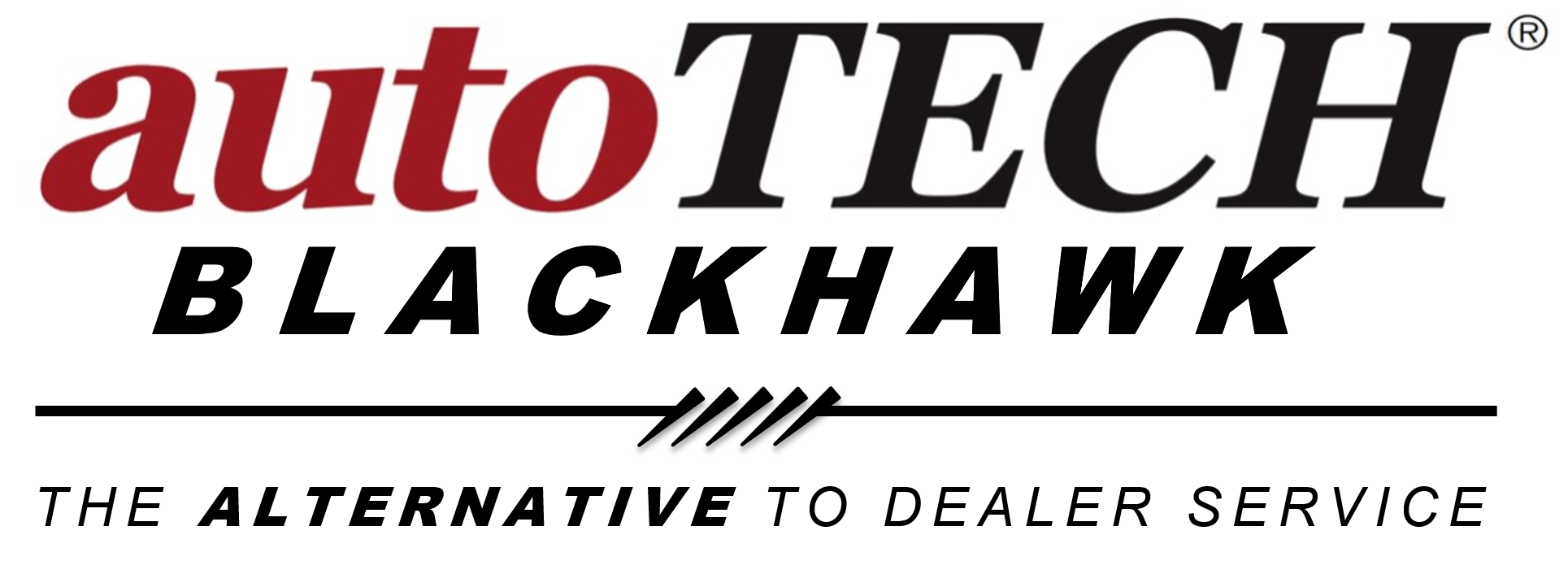If you’re like most drivers, you probably don’t think about your brakes until there’s a problem. And when that problem arises, it can be difficult to know how to fix it. Brake repair is a lot simpler than many people think – once you know the basics. In this article, we’ll walk you through everything you need to know about brake repair, from understanding the basics of how they work to fixing common problems.
What Are Brakes And How Do They Work?
The car’s brakes are one of the most important safety features. Brakes work by using pressure from the brake pedal to push brake pads against the rotor, which stops the rotation of the wheel.
There are a few main components that make up your braking system:
- Brake pedal: The brake pedal is what you use to push down on to stop your car. Brake pedals are designed in such a way that they need only minimal force from you, even if there is an issue with the braking system.
- Brake pads: Brake pads are attached to your brake caliper and have pistons in them that press against the rotor when you step on the brake pedal. Brake pads are what stop the car.
- Rotor: The rotor is attached to your wheel and spins with it. Brake pads press against the rotor to stop the rotation of the wheel.
- Caliper: The caliper surrounds the brake pad and pistons, and pushes them against the rotor to create friction and stop the car.
- Brake fluid: Brake fluid is what helps transfer the pressure from your brake pedal to the caliper so that it can push against the rotor and stop the car. Brake fluid is kept in a reservoir near your engine.
- Master cylinder: The master cylinder is located near your brake pedal and is what helps transfer the pressure from your brake pedal to the brake fluid in the reservoir.
- Brake lines: Brake lines are tubes that run from the master cylinder to the caliper, and carry brake fluid. When you step on the brake pedal, it pushes down on a piston in the master cylinder, which sends pressurized brake fluid through the brake lines to your calipers. Brake fluid is what moves the pistons in your caliper and pushes against the rotor to stop the car.
- Brake sensors: Brake sensors are located near your wheels, and send messages about things like if you’re braking too hard or need new brakes via light signals on your dashboard.
- Brake pedal return spring: The brake pedal return spring is what helps the brake pedal snap back up after you’ve released it. This makes it easier for you to push down on the brake pedal next time.
The Basics of Brake Repair
The most common type of brake problem is squealing noise. This usually indicates that the brake pads need to be replaced. You can replace the brake pads yourself, but it’s important to make sure you get the right ones for your car. Brake pads come in different sizes and shapes, so it’s important to get the right ones. You can usually find the size and shape of your brake pads printed on the inside of your car’s hood.
If your brakes are making a grinding noise, that means the brake pads have worn down completely and need to be replaced immediately. Brake drums also need to be replaced if they’re warped. You can tell if your brake drums are warped by checking the level of Brake Fluid in the reservoir. If the fluid is low, that means the brakes need to be bled.
Finally, if your car doesn’t seem to be stopping as well as it used to, there’s a good chance that your Brake Calipers are dirty. Brake calipers are the parts that connect your brake pads to your wheels and allow them to stop when you press on the brakes. Brake caliper cleaner is relatively inexpensive and easy to apply, so it’s a good idea to keep some in the trunk of your car at all times.
What Is A Brake Inspection and Why Do You Need One?
A brake inspection is a check of the brake system to make sure it is working properly. This includes checking the brakes, hoses, fluid level, and calipers. Brake inspections should be done regularly, especially if you drive in heavy traffic or use your car for towing.
Checking your brakes as part of a brake inspection includes:
- pads (and/or shoes)
- calipers
- rotors (and/or drums)
- master cylinder fluid exchange
- wheel cylinders
- hoses
- hardware (springs and adjusters)
- parking brake cables
- fluid condition
- wheel bearings and grease seals
How Often Should I Inspect My Brakes?
In addition to providing you with the trust and advice of our skilled experts, an annual check-up will also provide you the best chance to notice any minor repairs that may be required to avoid larger and more costly problems. Any warning signs or symptoms may indicate that you need a more thorough examination right now.
The bottom line is that it’s important to know a little bit about brake repair in case something goes wrong. By knowing the basics, you’ll be able to take care of minor problems yourself and know when it’s time to take your car in for a more serious repair.
Are You Looking for an Independent Auto Repair Shop You Can Trust?
If you’re considering making a change to an independent auto repair mechanic trusted by thousands of happy customers, look no further than autoTECH Blackhawk. Why? We differ from other automotive repair stops because we are a relationship shop. This means that the more of your car repair needs we support you with, the better able we are to customize our recommendations based on your driving habits and needs. Whether you want to keep the daily driver in ‘good enough’ condition, style your new car so that it’s customized just for you, maintain your favorite car in ‘like new’ condition, or even train your whole family to be more knowledgeable about cars – we partner with you to ensure that your cars meet your needs. We also offer an industry-leading 3-Year/36,000 mile warranty, so we only use Original Equipment and manufacturer recommended products. Contact us now to book your no-contact, friendly appointment! We truly value your trust and your business, so thank you for staying local with your auto repair needs.

